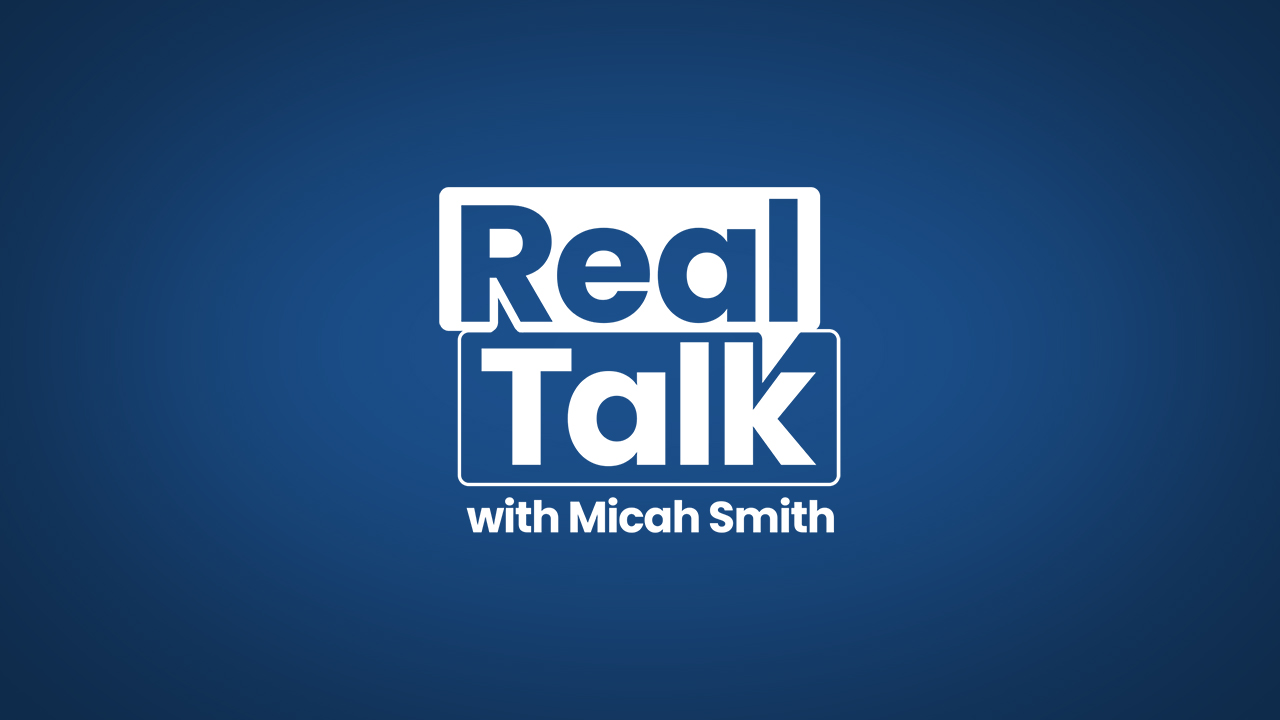DENVER -- You can feel it in the air; football season is nearly here, and fans are ready for the Broncos to be back in action.
Many of those fans park and tailgate in the south lots, but in the years to come, that tradition will likely evolve into an entirely different gameday experience.
Parking Lot Redevelopment
Plans are in the works that would allow the Stadium District to lease the parking lots, south of Dick Connor (17th) Avenue, to a developer who would then build new residential, office, retail, hospitality and entertainment structures.
The money raised from the lease would then be used to pay future maintenance costs of the stadium, which is nearly 20 years old.
“The estimates are that (maintenance) will cost $500 to $700 million over the next 25 to 30 years,” said Matt Sugar, director of stadium affairs for the Metropolitan Football Stadium District.
Before a developer can come in and build anything, improvements must to be made to streets, sanitary sewers, a parking structure and plaza.
Denver taxpayers will not have to foot the bill.
Special District
A special district is being organized to finance, construct and maintain the public improvements, which will then foster redevelopment.
Taxes generated from the redevelopment will then be used to pay for the public improvements.
The joint venture between the stadium district and the Stadium Management company envisions creating a neighborhood hub where people can live, work and play as well as enjoy an enhanced gameday experience.
Neighbors Weigh-in
Neighbors who live near the stadium are weighing in on the proposal.
“I’m so excited about the changes, because it’s going to make the community so much more vibrant,” said Jefferson Park homeowner Janelle Davis.
Davis said she and her fiancé purchased a home just north of the stadium about four years ago.
“It’s nice and quiet and quaint here,” she said, “but I think we’re all here because we want to be part of the city and the action.”
Neighbor Jill Lindgren feels the same way.
“I think it will be good for the neighborhood,” she said. “It’ll bring a lot of different opportunities and new businesses. I think it will be a fun place to go.”
Longtime resident Eva Martinez isn’t a fan of the proposal.
“I’m not too happy about it,” she said. “Things have changed so drastically in this area, that it’s not the same anymore… it’s not feeling like home anymore.”
Martinez told Denver7 that she and her husband have lived in the Jefferson Park neighborhood for more than 50 years.
She said you can hardly find parking anymore.
“We were fortunate to have invested in a garage,” she said, but when our children come to visit us, we don’t know where to park them and it’s not getting any better.”
Scope and Size
The planned development is projected to have an estimated population of 2,000 at build out in 2022 and will include upward of 3.5 million square feet of retail, restaurant, hotel, office and other commercial space -- providing a long-term, sustainable income stream to support football stadium maintenance and improvements.
Councilman's Concerns
Denver City Councilman Paul Lopez represents District 3.
The stadium sits in his district.
He said it is paramount that there be community input in the planning effort tor the area near the stadium.
"From the beginning Community Planning and Development approached my office to ensure that community members were included in this process," he said.
"There are multiple residents from the adjacent neighborhoods who sit on the steering committee alongside The Broncos and The Metropolitan Football Stadium District. The first public meeting in June had well over 100 people attend. CPD has and will continue to attend community events to gather input from residents.
We have heard the importance that this development benefit long-time residents by including community benefits. Residents are asking that the development be seamless with the surrounding neighborhoods, while providing housing, business and recreational opportunities for them. This is a great opportunity in an area of town that has been severely under-invested in."



